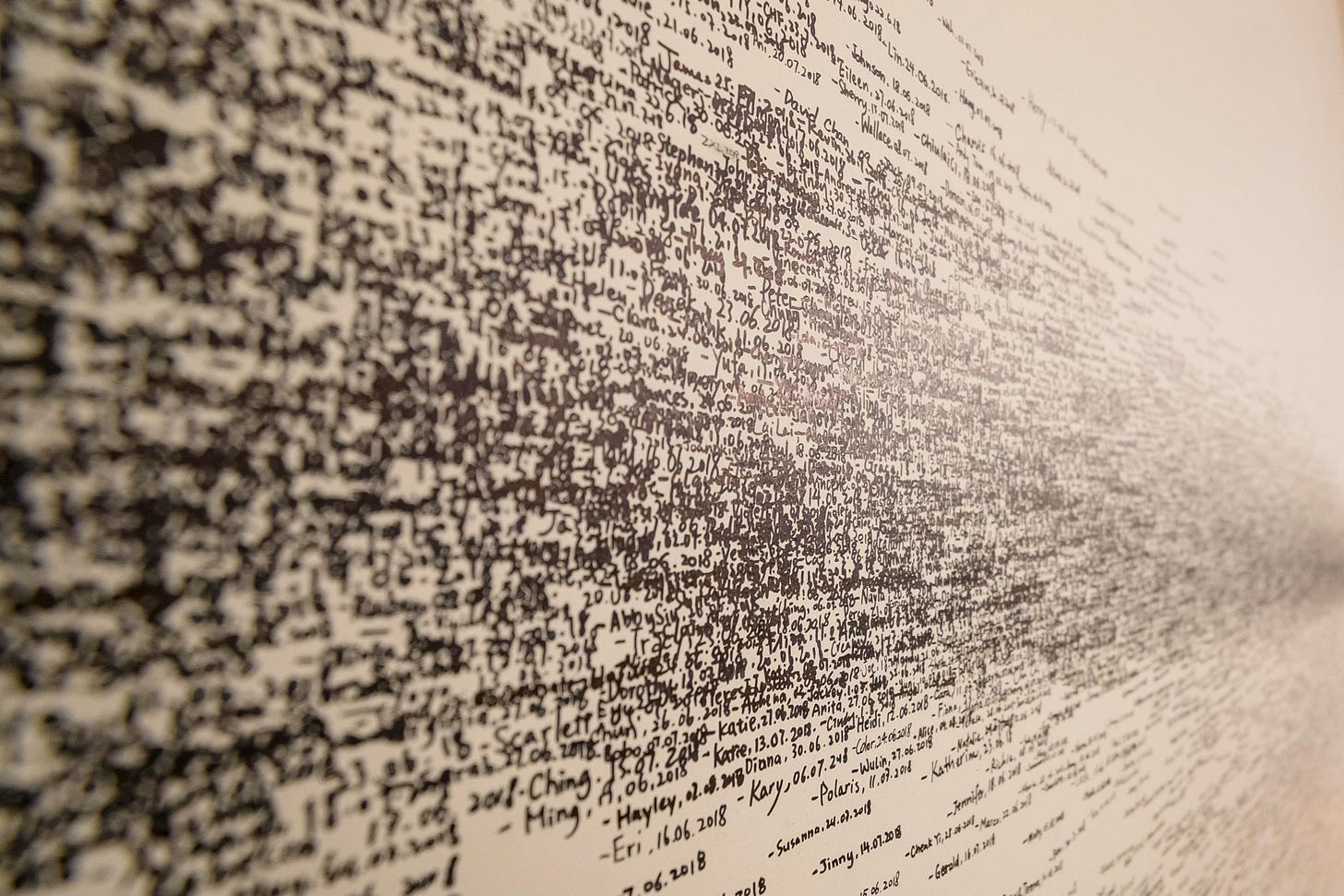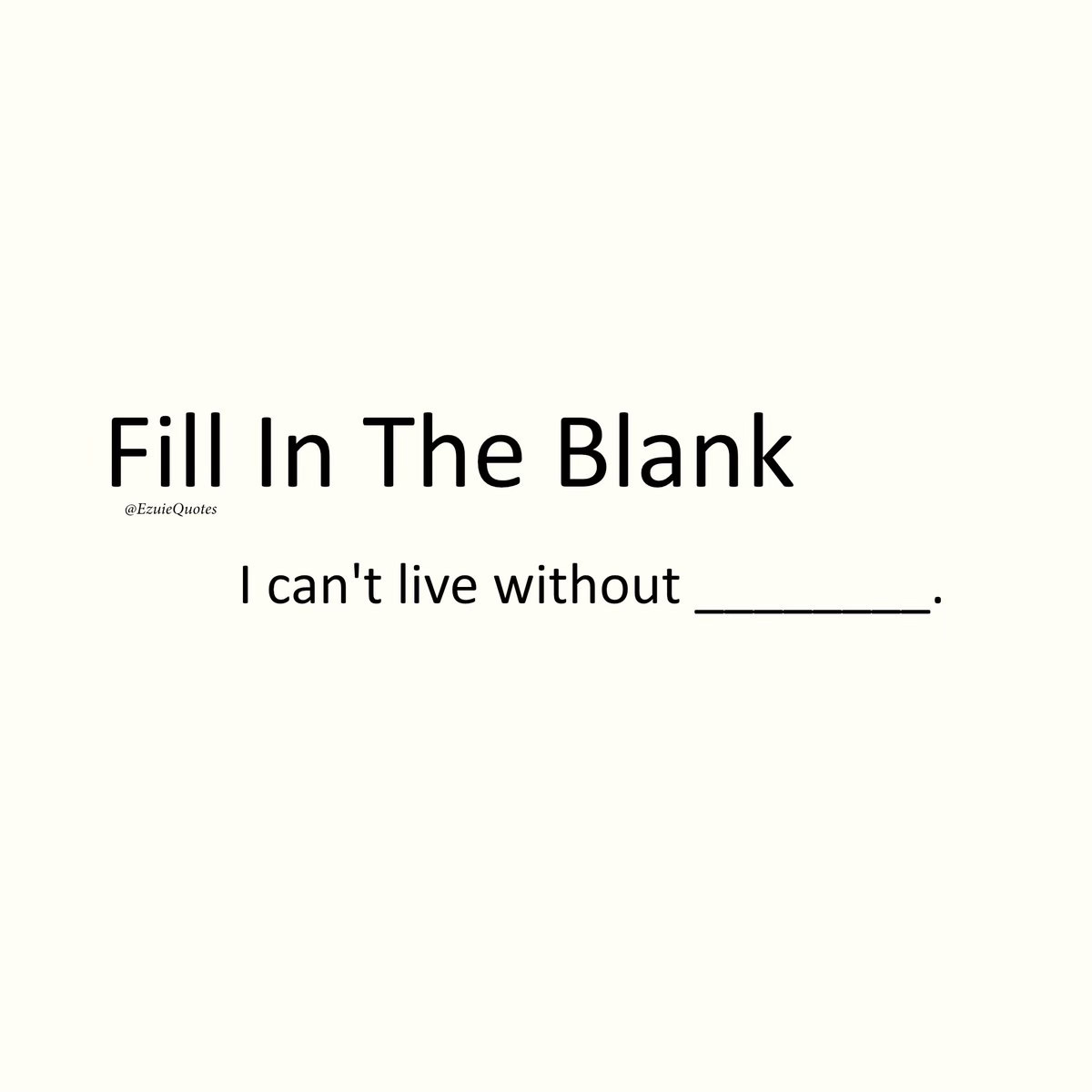🍄 Fill in the ________
The Power of the Imagination Gap
🍄 AudioDose Alice on Sonic Mushrooms: Listen to Knowing
🎧 Alice podcasts
📘 Alice books
In the dawn of the Syntropocene, (an era where human systems align with nature’s intrinsic drive toward meaningful complexity), sometime between the collapse of passive media and the rise of ambient simulation, the blank space became the most contested real estate on Earth. Not land. Not data. Not time. The blank. The empty panel. The quiet beat. All that negative space? It wasn’t empty. It was infrastructure. Because somewhere in the twenty-first century, culture stopped being about what you were told. It became about what you constructed from what you weren’t told. The future belonged not to the architects of meaning, but to the syntropic engineers of implication. Hello, we’re Alice and we’re always in a state of wander.
In the Syntropocene, our minds reflect this impulse. When we fill in the blanks, in stories, games, or fragmented media, we enact syntropy at the cognitive level. We don’t just absorb information; we shape it into wholeness. This is how the Syntropocene thinks: not in overload, but in patterns, implications, and imagined coherence. Meaning isn’t delivered, it’s completed. We’re running on two processors, the machine, and the mind. But the second processor, the mind, quietly started to overtake the first. The game wasn’t in the gameplay, it was in the filling in. Narrative ceased to be authored. It became modular. People weren’t watching stories anymore; they were constructing micro-legends across inputs. A panel here. A soundbite there. The fragments of sensory perception assembled like origami universes, unique to every user, irreproducible, ephemeral.
Culture became the auto-complete of collective consciousness.
And that’s when business followed suit. Brands stopped telling stories and started leaving gaps. Well-designed absences. Interfaces built not for attention, but for intelligent filtering. Because when your audience is drowning in 100 million bits per second and only processing 300, your best bet is to offer just enough to spark inference. Not too much. Not too little.
The marketplace didn’t collapse. It morphed. Into something participatory. Into something unfinished. The brand became a platform for story fragments. A narrative neural net, run not by servers but by public cognition. It was like Cartoonist, Scott McCloud said, comics weren’t about what was drawn. They were about the gutter between the panels. That was the action. The leap.
So now we build for leaping.
We write with omission.
We design for ghosts.
A good story is no longer a well-told one. It’s a well-constructed absence.
And this, this fill-in-the-blank future, might just be humanity’s most advanced interface yet. One where games, comics, simulations, and commerce converge not on the surface level of what is said but on the deeper substrate of what is inferred.
So what’s left?
You are.
And the blank.
Fill it in.
In an age of infinite data, constant content, and hyper-targeted messaging, we often overlook what isn't said. The white space. The pause. The gap between the panels. The missing word. What we don’t fill in for the audience may actually be the most powerful thing we offer. This issue explores a cultural and cognitive superpower: our human drive to “fill in the blank.”
The Big Idea: We are pattern-seeking, meaning-making machines
Across fields, from game design to neuroscience to comics, creative pioneers remind us of a core human truth: we process far more than we’re conscious of, and the brain is wired to complete stories even from the sparsest signals.
“Our senses take in over 100 million bits per second, but we’re only conscious of about 300. So most of our intelligence is filtering—ignoring the world intelligently. The real power in games isn’t in the computer, but in how it programs the player’s imagination.” — Will Wright, Pioneer Game Designer, SIMS, in conversation with Alice
Whether it’s an ambiguous game mechanic, two unrelated images, or a string of disconnected panels, humans instinctively impose coherence. That’s not a bug, it’s a feature. It’s how we create stories, ideas, empathy, and insight.
Culture: The Player is the Author
Games don’t hand users finished narratives, they invite participation. Imagination becomes the second processor. Players aren’t just consuming content, they’re co-creating it.
“All games, even the most abstract ones like Tetris, inevitably engage with narrative—because humans are natural storytellers. We make sense of the world by narrating our experiences, and games are no exception. Players turn their actions into stories, recounting moments of triumph and failure. Narrative isn’t just an add-on—it creates the context through which we understand how a game operates.”—Katie Salen, Game Designer, in conversation with Alice
“When I wrote Understanding Comics, most creators kept the panels tightly connected—like a dot-to-dot puzzle. But I proposed spacing them further apart, encouraging readers to leap or even fly between them. Now I see more artists embracing that idea, inviting readers to fill in the gaps with their own memories, senses, and interpretations. Silence, too, has become a tool—allowing space, openness, and multiple ways of reading. That shift has been a beautiful evolution in the art form.”—Scott McCloud, Cartoonist, in conversation with Alice
This is the culture shift: from transmission to invitation. Modern culture is less about polished delivery and more about leaving room for the user to engage, imagine, and complete the meaning.
Business: The New Competitive Advantage is Leaving Space
For brands, leaders, and creatives, this means rethinking everything: storytelling, product design, customer experience, even leadership.
In a noisy world, the most powerful signals are sometimes the ones you leave out.
Narrative design: Create worlds, not scripts. Let your audience co-author.
Marketing: Give context, not just calls-to-action. Invite personal connection.
Leadership: Offer frameworks, not blueprints. Leave room for team interpretation.
Innovation: Build systems people can remix. People don’t just use great tools—they fill them with meaning.
“We’re reaching a point where we consume more media hours than exist in a day, often simultaneously, across platforms. Stories now unfold across media, inviting us to become hunters and gatherers in an entertainment economy. We piece narratives together ourselves, weaving meaning from fragments. Even printed comics are becoming multimedia, with creators suggesting soundtracks to accompany specific pages. It’s about heightening experience through media juxtapositions, like playing Led Zeppelin while watching The Wizard of Oz, but now more intentional, more layered.”—Henry Jenkins, Media Scholar in coversation with Alice
Why This Matters Now
We're moving into a world where:
AI will generate more content than we can ever consume.
Audiences crave agency, not passivity.
Cultural resonance happens when people feel seen, not just sold to.
The smartest communicators today aren’t giving answers. They’re offering blanks.
So... What Do You Leave Out?
We’ll leave that up to you.
But here’s one prompt to take with you:
Fill in the ___________.
Your audience already will.
Craving more?
📘 Alice in Futureland books
🎧 Alice in Futureland podcasts
Thanks for tuning in.
For more wanderings, become an Alice in Futureland subscriber—it's free.
Invite your friends to this mad tea party and let's see how many things we can learn before breakfast.
©2025 Alice in Futureland






